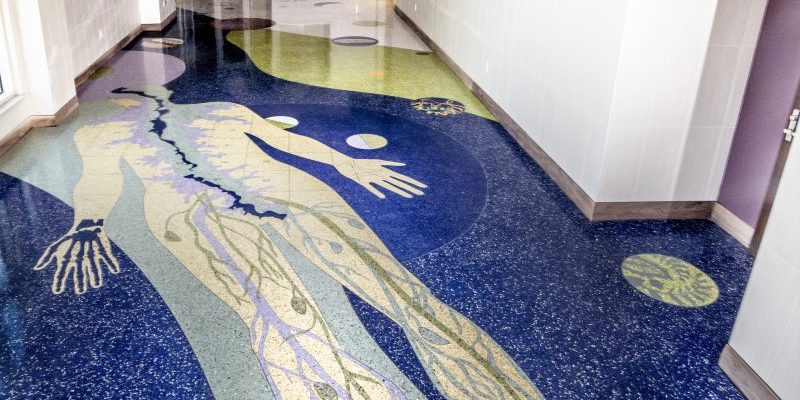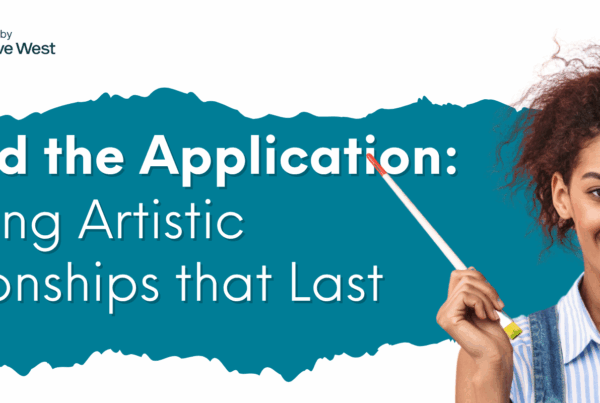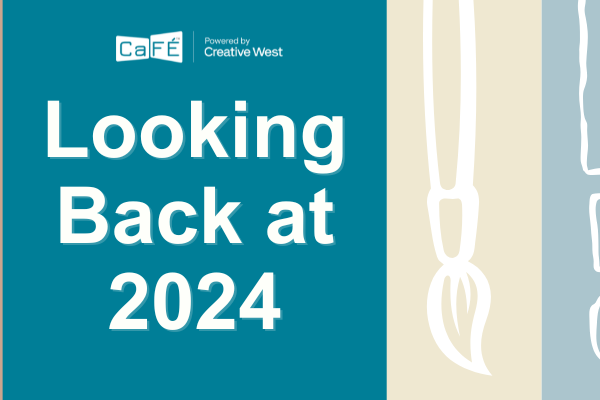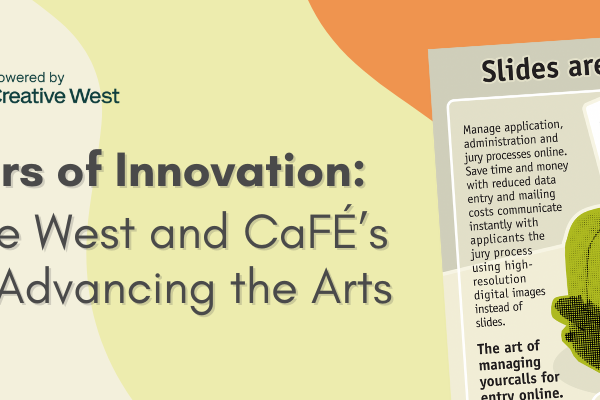
Image Credit: Body Geography by Carolyn Braaksma and Brad Kaspari. 2017.
Texas Tech University Public Art Program Collection.
Photo courtesy Braaksma Design and Kaspari Design Services.
Is landing a public art commission your white whale? Want to increase your chances of being selected for an RFQ? We get it – public art commissions are competitive. Here at CaFE, we want to help you succeed in your career and start landing those projects.
We sought out the advice of Beth Ravitz, a public artist and public art consultant in southern Florida, and Carolyn Braaksma*, a public artist in Denver. Here is what they shared:
Q: When you first started applying for public art commissions what is one mistake that you made and learned from?
BETH: The importance of EXCELLENT images of projects.
Q: How can artists get feedback during the application process?
CAROLYN: Quite often the public art programs will host an info session to give new artists insight on applying for Calls for Artists.
Q: Has applying to RFQs online improved the submission process for artists or are there still challenges?
BETH: Online submissions have improved the applying process 100%! CaFÉ has made the process so much better for artists.
CAROLYN: The new way with online applications is definitely more cost effective. We now aren’t paying hundreds of dollars for slides.
Q: Public art commissions are very competitive. How does an artist stand out?
BETH: Again….artists must make sure they have excellent images of their work. Be sure to write a tailored letter of interest that ties into the specific project and site that is requested. Keep it short! Committees do NOT like to read; they have enough work going through images.
Another hint – artists should make every effort to contact the Public Art administrator and develop a relationship with that person. Ask for advice on your submission. If you are a semi-finalist and do not get the project, ask for feedback.
I developed a relationship with an artist from Portland, Oregon as the administrator for Lauderhill, Florida. He kept contacting me for information about his submission. At first it was annoying, but then along the way he became very interesting to me as we began an art relationship of exchanging ideas. He did not get the project, but we became friends. I got a project a year later in Portland, and contacted him. He was extremely helpful!! He went to the site for me to accept the art shipment and found me an installer! As a result, I invited him for a short list for a project in Lauderhill.
CAROLYN: That’s a mystery because as the application process has become easier, there are many more artists applying for the projects. Making the shortlist has a LOT to do with what the panel wants for their project and what their agenda is. It’s a crapshoot to make the short list unless the artist has a big reputation.
Q: If you can improve one thing in the competition processes what would it be?
BETH: I would limit the number of submissions allowed. Each administrator should tailor it to their City. Does a committee really need 300 submissions? I think the MOST submissions allowed should be 200. The first 200 artists to apply get their applications accepted. Or, the number could be less if the City is smaller. Again, it should be left up to the administrator/consultant. Many times, to ease the process, I invite a limited amount of artists to submit.
CAROLYN: Eliminate proposals and RFPs. Use RFQs ONLY that are based on our past work and qualifications. From that, the panel should be able to determine how the artist thinks and processes. The more evolved programs do not use RFPs – as programs that do oftentimes ask too much of artists especially when the honorarium doesn’t cover a site visit.
Feeling more confident? Find a public art RFQ on CaFE and apply today!
Written by Elysian Koglmeier




